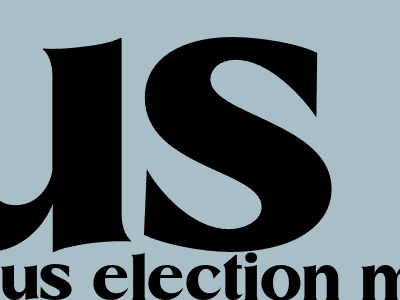
The Evolution of the US Electoral Map: A Historical Perspective
From Simple Beginnings to Modern Complexity
The United States electoral map, a visual representation of the distribution of electoral votes across the country, has undergone a fascinating transformation over time. Initially, the map was a simple affair, with each state receiving a number of electoral votes equal to its representation in Congress. However, as the nation grew and the political landscape shifted, so did the electoral map.
In the early days of the republic, the electoral map largely reflected the distribution of the population. However, as the country expanded westward and new states were added, the map began to take on a more complex and dynamic character. The Industrial Revolution and the rise of urbanization led to a shift in population from rural areas to cities, and this shift was reflected in the electoral map.
The Impact of Political Parties
The rise of political parties played a significant role in shaping the electoral map. In the early 19th century, the two major parties, the Federalists and the Democratic-Republicans, emerged and began to compete for electoral votes. As the parties evolved and their platforms changed, so too did the electoral map.
For example, the Federalists, who favored a strong central government, tended to perform well in the Northeast, while the Democratic-Republicans, who favored states' rights, were more successful in the South and West. Over time, the two-party system became entrenched, and the electoral map became increasingly polarized, with each party dominating certain regions of the country.
Recent Changes to the Electoral Map
In recent decades, the electoral map has continued to evolve, reflecting changing demographics, political trends, and technological advancements. The Sun Belt region, which includes states in the South and West, has become increasingly important in presidential elections, and the electoral map has shifted in favor of Republican candidates.
Additionally, the rise of third parties and independent candidates has introduced a new level of complexity to the electoral map. While these candidates have historically had little impact on the outcome of presidential elections, they have the potential to disrupt the traditional two-party system and reshape the map in the future.
Conclusion
The US electoral map is a dynamic and ever-changing reflection of the nation's political landscape. From its humble beginnings to its modern complexity, the map has played a pivotal role in shaping the course of American history. As the country continues to evolve, so too will the electoral map, providing a visual representation of the changing political dynamics of the United States.